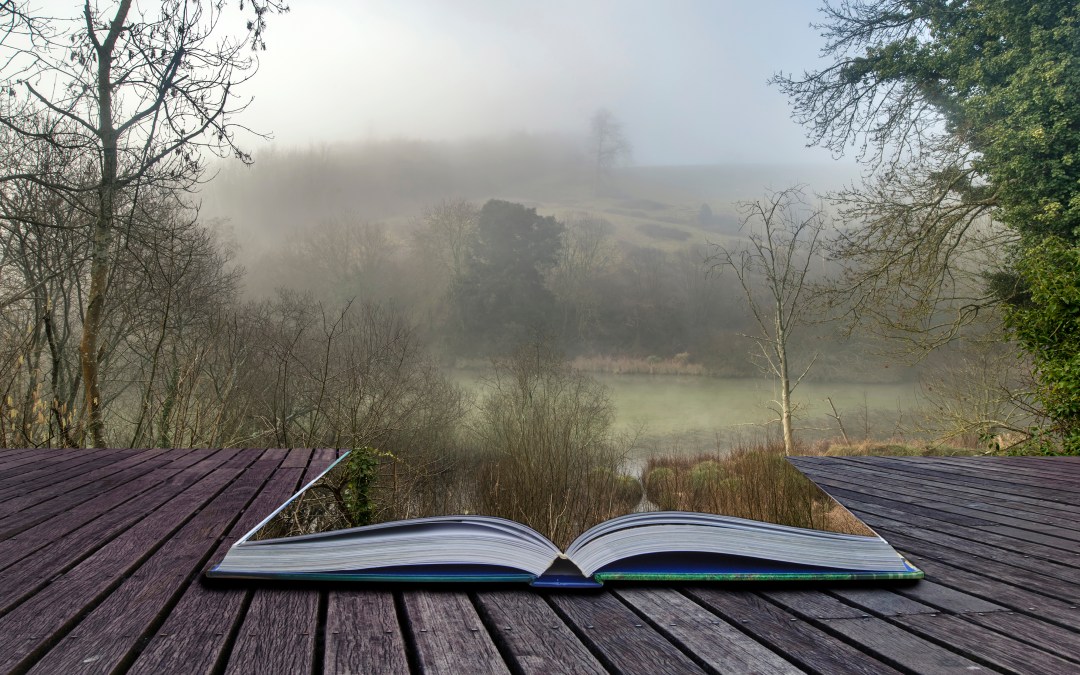How to write a novel: setting the right scene
Award-winning novelist Lucy Atkins explains why the location of your novel is a crucial platform from which your plot and characters can grow

The settings of all three of my novels – a remote British Columbian island, a genteel Boston suburb and a Victorian Gothic manor in Sussex – appear to have nothing in common. But what links them is an underlying feeling: isolation. My books are about how people behave in unsettling or threatening situations, and a strong sense of exposure is key. Places aren’t just the backdrop against which characters act out the plot, they create the mood of a book. They are a pulse that feeds everything else.
Powerful settings will linger in the reader’s mind long after they forget details of plot (think Daphne du Maurier’s Mandalay or Graham Greene’s shady Brighton back streets). So whether you’re pulling your novel together or just beginning to write, ask yourself what’s important about the places you have chosen? And how can they work harder for you?
Connect character to place
Places – and how characters respond to them – can give a book credibility, meaning and density. It is tempting to concentrate on visuals here, but while painting a picture is important, you need to go deeper. Your reader should feel what your character feels in a place. Ask yourself: what can my character hear, taste and touch here?
It’s also vital to remember that different characters will experience the same place in different ways. An obvious example of this would be a hospital accident and emergency room. A doctor will experience the clinical setting radically differently from the mother of a wounded child, or from the child herself. Plus, a child will pick up on details that an adult wouldn’t (think about lines of sight, too).
A word of warning: it may not be wise to rush off and write lots of pages of detailed prose. Descriptive passages are actually very hard to pull off. It’s incredibly easy to be dull or heavy-handed. A single, well-chosen detail, on the other hand, can be dynamite.
Start by looking at one of your key scenes. Think about what the place is telling the reader about the themes, characters and atmosphere you are creating. What details have you focused on? Why? What does that detail signal to the reader? Would something else do it better?
Your novel’s setting is not concrete, it’s plastic. You mould and work with it and it changes as your characters’ emotions change and as the book unfolds. As you write, try to interrogate yourself from time to time: am I describing this place from the outside, or am I actually in it? Ultimately, when it comes to a fictional place, if you aren’t really in it, then neither is your reader.
Lucy Atkins is running our FREE ‘how to write a novel’ course on https://www.instagram.com/psychologiesmagazine/ every Friday at 1.30pm
Lucy is an award-winning author, journalist, Sunday Times book critic and Costa Prize judge who tutors at Oxford University’s Creative Writing Master’s degree course. Lucy has written four novels: The Missing One (£7.99), The Other Child (£7.99) and The Night Visitor (£14.99, all Quercus) and her fourth novel, MAGPIE LANE, a literary thriller in which the daughter of an Oxford College Master goes missing, is just out – to rave reviews. Buy the book here: https://blackwells.co.uk/bookshop/product/Magpie-Lane-by-Lucy-Atkins-author/9781786485571
@lucyatkinswriter
www.lucyatkins.com
Photograph: iStock








